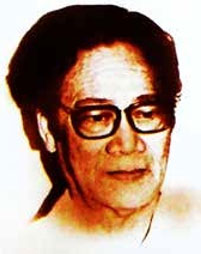


The histories of three books, namely, Jose Rizal’s annotated edition of Sucesos de las Islas Filipinas (1890), Leandro Fernandez’s A Brief History of the Philippines (1919), and what is now commonly known as Teodoro Agoncillo’s History of the Filipino People (1960), are presented as case studies through which the evolution of the Filipino history book as a material object and commodity, and not merely as a text to be read or interpreted, may be better understood. This study proposes an alternative, complementary approach that seeks to enrich the study of Philippine historiography by reconstructing the history of the Filipino history book using the framework of the discipline known as “book history,” and Pierre Bourdieu’s theory of the field of cultural production. In most cases, the names of historians and the titles of their works figure prominently in discussions devoted primarily to texts and/or their authors’ backgrounds, while the names of their publishers and other bibliographical details are either relegated to the footnotes or dispensed with altogether. Studies of Philippine historiography often trace the emergence of history books written by Filipinos-or, more simply, Filipino history books-to the influence of Spanish and American colonialism, and the rise of Filipino nationalism.


 0 kommentar(er)
0 kommentar(er)
